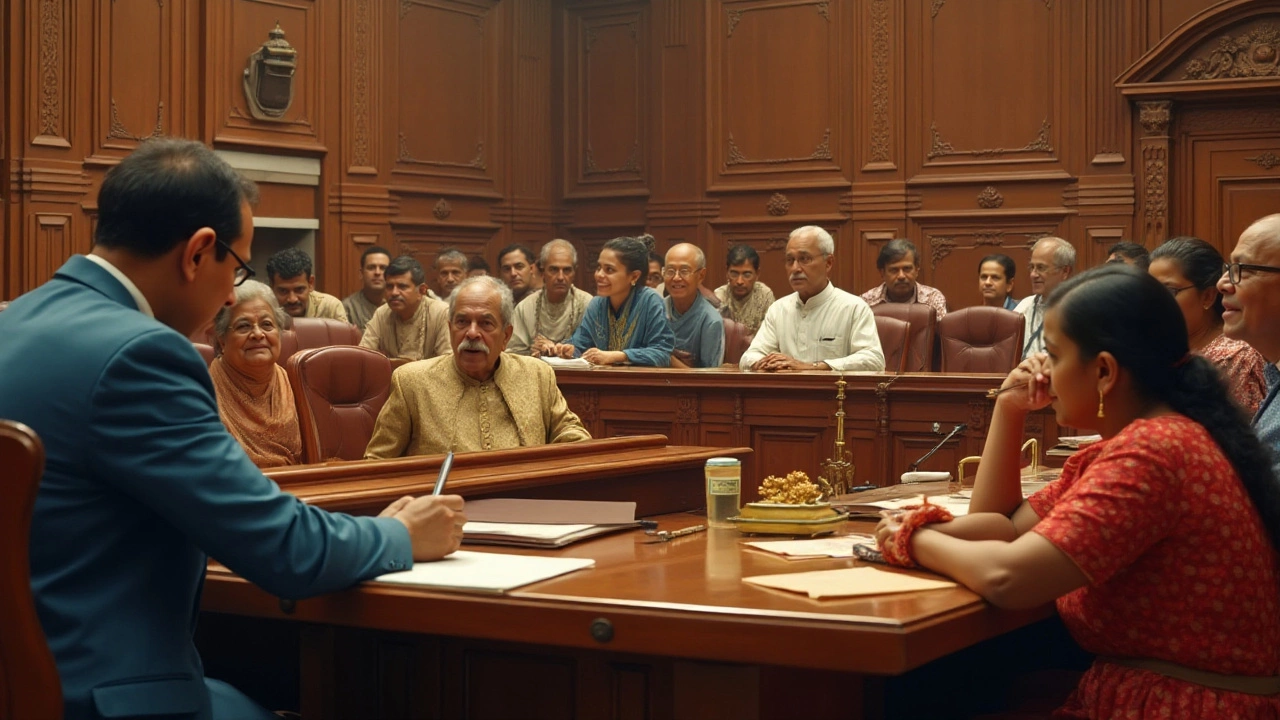Punitive Damages: What They Are and When You Might See Them
If you’ve ever read a court judgment that talks about "punitive damages," you might wonder why the court is giving more money than the actual loss. The short answer: punitive damages are meant to punish a wrongdoer and scare others from doing the same thing. They’re not about paying you back for a broken arm or a lost salary; they’re about sending a message.
In India, punitive damages are not as common as in the U.S., but they do appear in certain civil cases, especially where the defendant’s conduct is extremely reckless or malicious. Think of a company that knowingly sells a dangerous product, or a landlord who repeatedly threatens tenants while ignoring safety rules. In such cases, a judge can order extra money on top of the usual compensation.
How Punitive Damages Differ From Regular Compensation
Regular damages – often called compensatory damages – cover the actual loss you suffered. If you slipped on a wet floor and broke your wrist, you’d claim medical bills, lost wages, and maybe pain and suffering. Punitive damages, on the other hand, are calculated without looking at your personal loss. Their size depends on how bad the defendant’s behavior was and what will deter future misconduct.
The Indian Supreme Court has said that punitive damages are only justified when the defendant’s act is "oppressive, arbitrary or unconstitutional," and when the plaintiff can prove that the defendant acted with a conscious disregard for the law. This high bar keeps punitive awards from being handed out in everyday disputes.
When Can You Ask for Punitive Damages?
Here are the usual scenarios where a court might consider punitive damages:
- Gross negligence: The defendant’s carelessness goes beyond ordinary mistakes. Example: a construction firm that ignores safety standards, causing a collapse.
- Intentional wrongdoing: The defendant purposefully harms you, like a fraud scheme designed to cheat investors.
- Repeated violations: The defendant has a history of breaking the same rule, showing a pattern of contempt for the law.
If you can point to clear evidence of these, your lawyer can argue for an extra award. In practice, many Indian cases settle before reaching the punitive stage because both sides know the cost of a public verdict.
To actually get punitive damages, you need a solid legal strategy. First, document every instance of the bad behavior. Then, link the conduct to a specific law that the defendant violated. Finally, show that the misconduct was so severe that ordinary compensation isn’t enough to deter future violations.
Remember, the amount can vary wildly. Some Indian courts have ordered a few lakh rupees, while others have gone into crores for especially egregious cases. The key is the judge’s assessment of the defendant’s moral blameworthiness.
In summary, punitive damages are not about fixing your personal loss; they’re about punishing and preventing harmful behavior. If you think you’ve faced an extreme case of reckless or intentional wrongdoing, talk to a lawyer about whether a punitive claim makes sense. Even if you don’t end up with a punitive award, the mere threat can push the other side to settle faster and more fairly.

Key Factors Courts Consider When Reviewing Punitive Damages
Learn exactly what a court must weigh when reviewing punitive damages. Discover the three things judges focus on and see real-world examples.

Punitive Damages: What Evidence Really Gets Results in Personal Injury Cases
This article breaks down the specific evidence you need to win punitive damages in a personal injury case. It explains the difference between regular and punitive damages, what courts look for, and how proof of reckless or intentional actions can make or break your case. You'll also get tips on collecting the right documents, using witness stories, and handling the legal process. If you're considering asking for punitive damages, this is the must-read, plain-English guide to what actually works.

Understanding Pain and Suffering in Personal Injury Claims and Punitive Damages
Pain and suffering are terms widely used in legal contexts, especially concerning personal injury claims. They refer to the physical and emotional distress one may experience after an injury. In legal claims, this type of damage is separate from punitive damages, which are meant to punish the negligent party. Understanding the difference between these types of damages is crucial for anyone involved in a personal injury case. This article will explore the nuances and legal definitions involved in compensating pain and suffering versus seeking punitive damages.